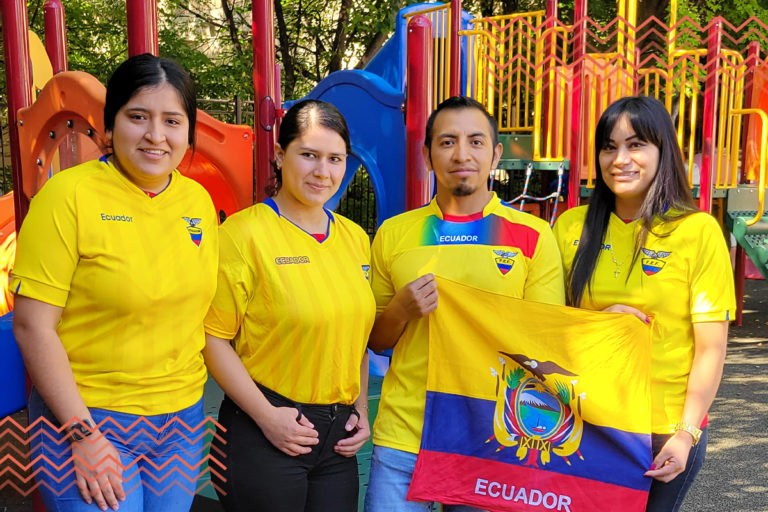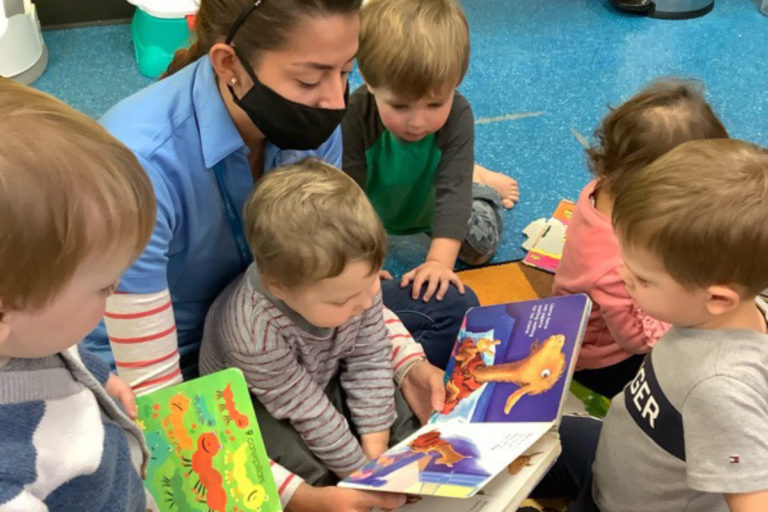Teaching Young Children About Money
It’s never too early to start teaching children the importance of adequately managing money. It is true that maybe newborn babies might be a little too young to reap the benefits of a solid financial advance, but that doesn’t mean that you can’t start a savings or stock investment for them. You can explain it later when they have a more formative concept of how money for kids works. Your children look to you and rely on you to provide a lighted path to their future, and illuminating financial stepping stones is a job that you can begin in their single digits. Learn more about how to talk to your children about money and work with them to build good money habits for the future.
How to Start Teaching About Money
There are plenty of toys and games on the market that involve money and financial concepts, and some are geared toward children as young as two years of age. While they may not be the most financially sound methods of exposing your children to money, they can create a basis of familiarity that you can later build on with facts and experiential knowledge.
Help Demystify Transactions
As your children get a little older, help them differentiate between money as a concept and cold hard cash. Cash often works as a more concrete one-to-one for goods and services. Credit and debit cards can often skew the tangible nature of money, and your children may require additional support to understand how money works with cards. Showing them receipts and debits to your accounts will help them know what happens when cash is absent.
How to Create Earning Opportunities
Rather than giving your children an arbitrary allowance for simply existing, consider negotiating some terms that will help them understand the concept of earning money. Having a better grasp of money skills and how much their time is worth will not only help them better manage their dollars now, but it will help them effectively manage their time and better know their worth in the future.
Many parents are exasperated at the thought of their children operating outside of school or the home during pandemic era restrictions. In some cases, additional exposure may be discouraged. No matter, opportunities to earn money are everywhere you look, and people should communicate that mindset to their children. Encourage your children to come up with their options, and you can talk about how those ideas may or may not work during this time. Some safer, more independent options to make money for kids might include:
- Yard work for family members or neighbors
- Neighborhood pet walking or poop scooping
- Shoveling driveways over the winter
- After school tutoring
- Extra chores or odd jobs
- Exceptional grade maintenance
- Bake-sales
How to Build Good Habits
No matter their age, as they begin to get money through birthdays or holidays or the occasional act of goodwill, it is essential to instill a habit of saving early. Different parents have different rules regarding savings based on how they were taught and what was successful for them. Often, those values should be passed down to children but are left undiscussed. If you want your children to benefit from wealth management the way you did, talking about the basics of saving and its benefits is the best practice in money for kids.
There are several ways to address saving. If you started savings account for your child early on, you could use that account to explain how savings works. You can also explain emergency funds or special occasion funds, or the action of saving up for what you want or need. Learning that getting what you want is not always an option is essential to communicate early to avoid overspending credit card debt.
How to Show Kids Money Can Grow
Savings accounts aren’t the only way to grow money. While you can show kids how their savings accounts grow interest and create more money for them over time, there are other ways to make more money. You will find that children will be excited at the idea that some money can become even more money with intelligent planning and expert decision-making. Any time additional funds are involved, kids seem to take an active interest.
Stocks, bonds, CDs, and other long-term investments can be set up for children through custodial accounts with parental oversight. Books and appropriately aged finance courses are available for children if they struggle with your explanation of finances and need a different approach to learning.
How to Help Foster Good Decision Making
If you have made less than ideal financial decisions in the past, take this opportunity to grab ahold of your finances for your children’s sake and help your kids avoid the same pitfalls. There are several money management and budgeting apps that people find beneficial in teaching money for kids. Additionally, many people follow the same generally successful spending habits to get out of and stay out of debt. If you are confused about where to start talking about finances with your children, spending solutions is an excellent place to begin.
Some people find it beneficial to stick to 20% savings, 50% necessities, and 30% discretionary. Others believe that those numbers are too loose and opt for more stringent plans that closely regulate income. Of a person’s total revenue, 20-30% heads straight to savings, 20% goes to any debts, 10% goes to giving, 10% heads to retirement, 10% heads to an emergency fund, the remaining amount goes to necessities with any leftovers acting as discretionary funds. Children can often not conceptualize the full consequences of risk-taking behavior early on in life, and such stringent plans may not make sense to them just yet. However, presenting options early on is still a brilliant idea to support financial literacy for kids.
How to Show the Value of Giving
Many apps and programs that divide income for budgeting automatically include sectioning out a portion of earning for charitable giving. If you teach your children about money and finance management using apps or programs, take extra care to talk about the many benefits of giving back to your local or larger community.
Suppose you are not using pre-programmed information to teach your children about wealth management. In that case, you may want to include that giving back to your community is an essential part of your responsibility as a community member. Another beneficial aspect of charitable giving is that it is often counted as a tax write-off, which improves your monetary standing during tax season. However, some details may be better reserved for older children.
- Rice Trays – If you have a shallow baking sheet, dump a couple of cups of dry rice in it, throw in some small plastic animals, and your child will get lost in his or her imagination for hours.
- Play-Doh – Play-doh is squishy and colorful and fun to make into silly shapes. Many toddlers will sit for a long time if they’ve got a handful of play-doh. Of course, you can buy some at the store, but your little one would probably enjoy making it with you. There are a lot of different play-doh recipes you can use, many of which are safe if your child decides to take a bite.
- Goo Bags – If finger paint sounds fun, but you don’t want to deal with spills and stains, a goo bag might be the perfect solution. Using this recipe for the goo, make a batch, put it in a Ziploc, zip it shut, and put some duct tape over the zipper opening to keep it extra secure. Your toddler can now “draw” with his or her little finger, making designs in the goo from the outside of the bag. If your tot would rather just squish it around and play with it, that’s an option as well.
How to Share the Wealth
Teaching your children about wealth management can never start too early. Modeling expert financial decision-making on spending and saving will help your kids understand the different ways in which they should manage their own money. To learn about how to support your children on their learning journey to financial literacy, contact Casa de Corazón today for more information.



